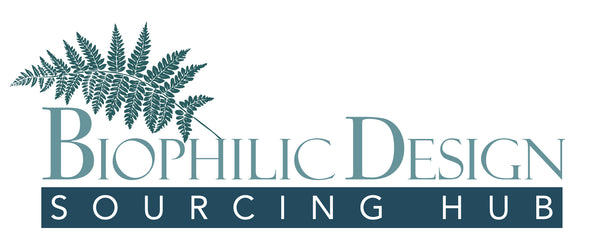Partner Selection
How we build a trustworthy, values-driven supplier network for biophilic design
At our Biophilic Design Sourcing Hub, we don’t just look for suppliers — we look for aligned partners. Many of the makers, producers, and innovators we work with come recommended by peers, discovered through word-of-mouth, inspiring projects, or sometimes simply by walking the streets or visiting design fairs.
When someone catches our eye (or ear), we reach out to set up an introductory conversation. That’s where our process begins.

The Connection
We believe great design starts with good relationships.
Our first step is a relaxed yet intentional introductory
meeting — an opportunity to:
- Learnabout each other's values and vision.
- Share the purpose of the Sourcing Hub
- Understand how your materials or services contribute to biophilic, regenerative design
At this stage, we’re looking for shared values, originality, and an openness to transparent collaboration.

Deep Dive and Questionaire
If there’s a promising fit, we walk through our Supplier Vetting Questionnaire — a structured, yet human-centered set of questions about your environmental, ethical, and operational practices. Covering:
- Raw materials and processes
- Enviromental impact and circularity
- Human rights, labour practices & community
- Transparancy & Government

Review and Reflect
Once we receive the completed questionnaire, we don’t just tick boxes — we interpret, We may reach out for:
- Follow-up questions
- A deeper dive into your process
- Site visits (virtual or in-person)
- Financial credibility checks
- References from past collaborations
We want to understand not just what the supplier does — but how and why they do it, and whether they can grow with us as part of a regenerative ecosystem.

Approval and shared commitments
If everything aligns, the formal agreement is just a formality.
- Mutual understanding of sustainability goals
- A clear agreement on expectations, values, and transparency
- Clear boundries of roles and commitments.
- Outline Future opportunities.
This is not just about being “approved” — it’s about joining a
community that’s building better ways to design, source, and thrive.
